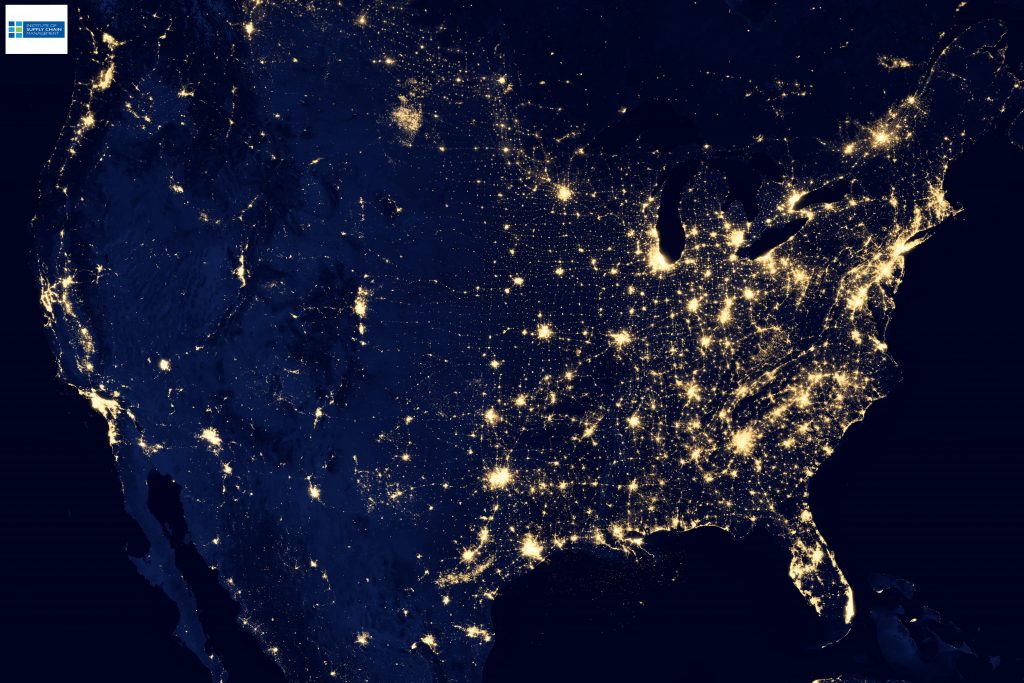
Photo by NASA
5 Ways to Determine if a Website is Fake, Fraud, or a Scam
Modern life has without doubt been simplified by advancements in technology. When I think of my own country, India, when have evolved dramatically as a nation with the internet playing a key part in our success. Of course, there are two sides of a coin and the pros and cons of the Internet come in hand in hand.
In total, India has more than 400 million internet users, making it the second most interner2q`14. Sadly, each year more than 5000 cybercrime cases are recorded.
COVID has caused this number to rise even higher as unscrupulous people either have more time on their hands due to lockdowns or find themselves unemployed and looking for ‘easy’ ways to make money.
Fraudulent websites are designed to tempt the innocent visitors to reveal their confidential information, download disruptive software, or buy products that are fake. Their purpose is to trick unsuspecting individuals to handing over their money or their personal information.
There is no way to completely eliminate such websites; however, there are steps we can each take to be safer while online.
Here are the best ways to find out if a website is fake, fraud or a scam;
1. Attention Towards URL
URL (Universal Resource Locator) means a complete web address of the website we are looking for. Many times people commit a big mistake by neglecting the URL. The URL bar right at the top of the screen gives us a lot of information about the website and its security. Ensure you check this whenever you visit a website or new page.
Usually, fake websites are created so they are challenging to differentiate from the real one. By understanding what a scam website URL would look like can help you avoid selecting such a site.
A URL is divided into three parts:
For the given URL: https://www.example.com/index.html
- Protocol: Present at the start, e.g., https
- Resource name: The middle part of the URL. This is further divided into three parts:
- a) Subdomain: The first half of the resource name, e.g., www.
- b) Domain name: The middle one, which varies on all websites. According to the above example, ‘’example’’ is the domain name.
- c) Top-level domain: The third half of the resource name, e.g., .com
- File path: The mere end part, e.g., index.html
So, if we consider that the website name is “ Example” and ‘’https://www.example.com/index.html” is the actual URL address,” and the fake URL is ’’https://www.example.examplelogin.com/index.html.-“
The cybercriminal lengthens the domain name, so the domain name in the real one becomes the subdomain in the fake, making it difficulty to identifying that it is a scam.
Remember that a website name will always come exactly before the top-level domain (TLD) and it becomes easier to spot fake sites.
2. Checking The Connection Security Indicators
Internet-primarily was built on HTTP (HyperText Transfer Protocol) before cybercrime existed. Over time, this protocol started getting intercepted, manipulated and problems started to occur.
Although we have identified how the spot a fake HTTP website address, anyone who isn’ good at coding will face problems while checking the URL addres. In other words, it can be a complete waste of time, so SSL (Secure Sockets Layer) were developed, now known as TLS or Transport Layer Security which replaced HTTP with HTTPS.
According to this new security guidelines, you should not entrust your personal information to HTTP websites; however, HTTPS is safe to use. There is now also a padlock icon and the extended validation (EV) name badge. The EV name badge is given just before the URL address as “Verified by …,” and the padlock icon in the green lock icon placed before the EV name badge, which indicates the website’s full security.
3. View The Certificate Details
Due to an increase in the number of fake websites, advanced security is now being developed, this includes certificate details. You can access the certificate of a website by clicking on the padlock icon. Click on the “Padlock icon” and then “View certificate,” you will see the confirmation of the CA verified certificate.
Check the subject – the website or company and the certificates that show they are verified, for example by SSL. The DV certificate provides the domain name, and the OV certificate gives the name area and country where the website was made. The EV certificate then provides you with the EV name badge.
If all certificates are present, then the site is completely secured, if not, proceed with caution as the site could be fraudulent.
4. Search For Trust Seal
A trust seal is a seal given by an owner of the website for a display to ensure the customer that the site is concerned with security and isn’t a fake website. The trust seal is mainly placed on homepages, login pages, and checkout pages.
The SSL certificates also come with the trust seal. If you locate them, then that site is safe. Some browsers and antivirus security apps have a trust seal like Google, McAfee, Norton Secured, Firefox, etc.
5. Consult The Google Safe Browsing Transparency Report
The final way to check if a website is secure; search the “Google Safe Browsing Transparency Report”. You can paste a copied URL address onto the page and it will give you a report on whether you can access that website safely or not. It is a very simple program, but it is very effective to determine if the website is secure.
Conclusion
These are five of the best ways you can stay safe online. Being vigilant can prevent your personal information, and your money, falling into the wrong hands. As technology continues to advance, and grow in popularity, scammers will find clever new ways to catch us out.
Keep up with the latest ways and top tips to stay safe online by visiting TechWhoop.
